|
Sorry for the long gap between posts. I've been actively avoiding writing this one as the decision to get off the trail is wrapped up in my mental health and I haven't really been feeling up to discussing that. But I'm going to give it a shot today. This is likely to be a long one, so strap in.
While on the trail I had little time or opportunity to fully keep up with the news. I'd catch snippets of what was going on, but I wasn't religiously following the news. So, the decision to get off the trail was made pretty much the evening of March 31st – about 15 hours before I got off trail. This decision was precipitated by an email I received from the ATC stating that they were going to be requesting temporary closure of the trail April 1. While exploring the links provided in the email I discovered that the shelters I had been staying in were officially closed, and had been for a week. I forwarded the email to my wife and discovered that she was only really available to pick me up April 1. So, the 20 mile day I had just finished turned out to have been a good strategic choice. It put me in position to make it into Duncannon early the next day without embarking super early or turning it into a sprint. So, the choice to get off the trail was more or less made for me. This was probably for the best, as I don't know if I would have made the decision of my own volition. That reluctance to do the wise thing comes down to the reason I was hiking the AT in the first place. The trek was meant to be a mental restart after years of neglecting my mental health had left me in a very, very dark place. Mrs. Tedward and I had been living apart since 2011. Both of us have been pursuing scientific careers in academia and there just hasn't been the opportunity to reunite. In 2014 I was leaving my first postdoctoral position and tried finding a position in her area but failed. At that time my mental health was shaky at best, but with the new position came a renewed vigor. I've been dealing with anxiety and depression since I was a teenager and up until last year I had told maybe 3 or 4 people about this. Forget about seeking therapy or treatment - that was just not in the cards. My strategy was to throw ever more of myself into my work, which proved a very effective coping strategy for me over the course of many years. Sure it comes at the cost of relationships and time with friends and family, but considering I get all worked up when meeting up with friends anyways it seemed a win-win. The second postdoc started off pretty awful with a project that time after time proved overly technically challenging. But a year and a half in, a new project pretty much fell in my lap and things immediately clicked. Again I had a renewed vigor and spent the next year and a half riding a big wave. Then in 2017 I started putting in applications for faculty (professor) positions. For those of you outside academia how this works is that universities usually advertise positions between Sept. and Dec. of one year for a start date in Aug. or Sept. of the following year. Candidates submit a big application package and wait for weeks or months to hear if they get a chance to interview either by Skype/Zoom or in person. If one is lucky enough to make the first cut and you impress them enough then there is a second round of interviews a month or two later. After that offers and negotiations (I never made it that far). If one doesn't get offered an interview, it's usually: ::crickets:: During my first round of applications in 2017, I told everyone that I was only going to pursue this path for two years. I was fairly confident that something would pan out in two application cycles and suspected my mental well being wouldn't make it much past that if nothing came of the first two tries. Things went decent the first round of applications: I got a handful of interviews and some interest, but nothing panned out. What I hadn't counted on was how much stress the whole process would give me and what coping mechanisms I would employ to deal with that stress. Suffice it to say that every step of the process was agonizing for me, and I found that my strategy of dealing with the stress was to spend even more time and effort in the lab conducting research. I virtually stopped hanging out with friends and my wife and I visited each other less often. By the second year of applying I was at the stage of depression where everything, even some days getting out of bed, seems to a huge task. But there still appeared to be some hope, so I was able to power through and be reasonably productive. Then in the middle of 2019, after a year and a half of working the job market, everything dried up. No more leads. Done. Fini. I knew in my heart that was it – there was no way I could manage another year on the same trajectory and survive. By mid 2019 the depression had progressed to the point where I had a hard time doing literally anything outside of lab. Making matters worse, my brain was no longer in the game when I was in the lab, so many of my experiments failed due to operator error. I hated myself, my predicament, and felt entirely impotent to navigate an exit strategy. Also around that time serious thoughts of suicide became near daily occurrences. Again, I've dealt with that since I was a wee lad, but this was the worst it had been since I was a teen. I never had any specific plans, but my depression has always kept my ability for long term planning to a minimum, so I knew if I were ever to do the deed it would be spontaneous - in a fit of rage. One trick I had found years ago worked to snap me out of the suicidal thought pattern was self-harm, specifically hitting myself upside the head. As the downward spiral progressed, the depression getting worse and the thought of suicide intensifying, the frequency and intensity of the self-inflicted corporal punishments increased. Things got so bad that I actually *started* seeking treatment. Now I say started there because it took nearly 4 months to get an appointment with a professional. Before I was able to make that appointment the thought of hiking the AT entered my head as a serious exit strategy. I was mentally incapable of pondering the thought of leaving the lab without something in place, but I was also incapable of doing the legwork required to find a position in my wife's neck of the woods. So it started as "I've always wanted to do this, why not now?", and progressed to researching and planning a thru-hike. This planning gave me some hope and helped at the very least put the breaks on the downward spiral I was experiencing. Just before getting an appointment with a therapist I decided to cash out some money from my retirement account to fund the thru-hike. This was a promise to myself that I would indeed be thru-hiking in 2020, the thought of which provided me something to look forward to and work towards. The months leading up to my departure from the lab were really rough and I had some terrible days, but looking forward to getting on the trail was indeed a bright spot that helped get me through the dark times. I did not experience thoughts of suicide for 12 of 14 days I was on the trail. I wouldn't say everything was sunshine and rainbows, but hiking is therapeutic in many ways for me and being on the trail was helping me process things. However, from the beginning the trip seemed pre-destined to be cut short and I knew that if forced off of the trail I would likely revert to my pre-trail mental state. I was largely successful at pushing those thoughts out of my head while on the trail by focusing on the necessary daily tasks. After I got off the trail I reverted to a mental state reminiscent of the worst days before I decided to hike the AT. I was now unemployed in the midst of the worst economic downturn since the Great Depression (hopefully this one won't go on as long!!), unlikely to be able to get back on the trail this year, and annoyed at being a virologist siting on the sidelines during a viral pandemic. It's taken several weeks, but I'm currently back to the numb, unmotivated, depressive state I was at before getting on trail. I'm optimistic that things keep progressing toward a more positive outlook. Finally, I need to thank my wife for her patience and understanding. I don't think I would be where I'm at right now without her!
1 Comment
T+13 (Mar. 31, 2020) Navigation Report: Starting point: Yellow Springs Camp (mile 1174) Destination: Clark's ferry Shelter (mile 1153.9) [Fallback option: Peters Mountain Shelter (mile 1160.6)] Travel Log: Depart camp (mile 1174) 9:00 Rattling Run Creek; filter water (mile 1171.3) 10:15-10:30 Cross PA-325 (mile 1167.3) 12:30 10 miles from Clark's Ferry shelter (mile 1164) 2:30 Whitetail Trail (mile 1162.1) 3:00 Peters Mountain Shelter (mile 1160.6) 3:30 Arrive at Clark's Ferry Shelter (mile 1153.9) 7:10 Daily mileage = 20.1 Total mileage = 142.1 Commander’s Report: I got a very early start this morning: I awoke at 4:45, but I didn't want to accept that I had to get up until 5:30. Spent a bit too long working on writing up yesterday's report, so I didn't start packing things up until a bit before 8:00. I had everything set around 8:45, said “bye" to @thesunfishduo, signed the Yellow Springs log book and was off. I've noticed that a typical morning on the trail for me is generally slow going as I adjust my pack, shoes, pants, etc. So it was today, with the added complication of weather that was chilly, but too warm for my light outer layer when the sun emerged. So that outer layer came off, went back on, came off... It really slows things down to have to go in your bag every half hour. On the plus side, the military was doing some training flights over the area. So, I got to watch what looked to be A-10 Warthogs flying really low in circles around me. A couple of times they flew almost overhead. Moments like that turn me into a little kid. Even though I'm not a huge fan of the military industrial complex that produces them, one has to admire the engineering and impressiveness of the machine as an object in and of itself - rather than an instrument of death. Around 10:15 I stopped at Rattling Run Creek to filter some water for the day. Perhaps a mile and a half after that I came upon a junction with the Horse-Shoe Trail, which is not in my guidebook. So, I decided to check out the trail register for a minute. Seems to be getting some use, but the entries are spaced days apart - kinda like the shelter log books. While I was checking that out, another hiker came up the trail northbound. Said his trail name is Yeti. Given his giant white beard, I'd say the name fits. He started last year in GA, but had to get off trail at Harper's Ferry. He's giving the remainder a go this year. Good on him, hope he’s able to make it to Maine! A ways down the trail I came across a spring running out of the mountain whose water was so loaded with iron that it costs everything it contacts with rust! I wonder if the mining operations I saw yesterday were going after iron. Coal seems likely too though. I'll have to look that up sometime. [Editing note: The Rausch Gap mines we’re going after coal, not iron.] Just a bit after PA-325 there's a stretch of land where all of the rocks are covered thick with moss. I've always enjoyed that aesthetic, and have been looking forward to the Smokies because much of the forest there is moss covered. The Smokies are a long way down the trail though! Immediately after the short moss covered region of the trail is a nice little stream. I stopped here for a minute to take lunch. Once back on the trail, I decided to make some phone calls to plan my resupply in Duncannon. First up: Kind of Outdoorsy. I heard from Ricky and Brian that this outfitter was still open and selling fuel canisters. Over the phone though the proprietor said that they were indeed closed, but provided options for procuring fuel canisters in the area. A couple calls later and I had arranged to meet someone in Boiling Springs to obtain two fuel canisters. Next up: lodging. I would like to spend the night in town to shower, dry equipment, and recharge batteries. For the fourth day in row, I was unable to reach the small hotel in town. I suppose they must be closed. I did get in touch with the Red Roof Inn (3.7 miles outside of town) and they're open. Unfortunately, they are not currently providing shuttle service to / from town. So, I guess that means I will be spending the night in Carlisle (18 miles further down) as the lodging options are much closer to the trail. That means I have to figure out a way to recharge batteries if I will be on trail an additional 2 days before I can get those fully charged. Supposedly Mutzabaugh's Market in Duncannon is hiker friendly and may allow me to charge my battery bank while I shop. It charges fully in 3.5 hours, so 30 minutes of charging will probably be enough to at least get my phone through until Carlisle. Around 2:30PM I checked Guthook (my GPS-based navigation App) to see my progress and discovered that I was only half way to Clark's Ferry Shelter. 10 miles down to miles to go. Back of the envelope calculation indicates an arrival at the shelter around 7PM. The old legs and feet are definitely getting tired though, which will definitely affect this calculation! At 3PM I passed the intersection with White Tail Trail, and around that time the weather rolled in. It wasn't forecast to rain today, so at first I believed it would just sprinkle for a bit and then pass me by. Unfortunately, that wasn't my luck. It sprinkled on and off for the next couple of hours. Nothing hard, just enough to soak everything through and be generally annoying. After the rain though, the cloud cover was lower than the elevation of the plateau / ridge - meaning another night sleeping in the clouds. It was also after the rain had set in that I got to the best view spots of the day. Unfortunately, it was quite overcast and drizzly when I captured the pictures. I guess it could have been worse: the ceiling could have dropped by then so all I could see is cloud! At 3:30 PM, I FINALLY passed Peters Mountain Shelter, 6.7 miles left to Clark's Ferry Shelter. I lingered a while at the intersection leading to this shelter for a few minutes, both regretting my decision to go to the further shelter tonight and knowing that it’s the correct long-term decision. My feet are so sore, especially the right one. The injury sustained crossing the swollen Creek on T+10 has become a nagging source of pain. Every time I step on a rock or root such that the pressure is concentrated on the outside of my arch sends a shock of electricity through my leg and I have to stop and let the pain pass before continuing. I crossed Peters Mountain Road (mile 1157.7) around 5PM. It would have been a pretty dangerous crossing. in the past, but the local trail club installed a pedestrian bridge over the road. Much appreciated in my current exhausted state! For the rest of the 4.2 mile trip to the shelter my legs felt like they were made of overcooked spaghetti. I relied heavily on my hiking poles to keep me moving forward at any kind of reasonable pace. Also, my feet felt as if they had gotten caught under a steam roller (think Tom & Jerry style). Whenever I stopped for a breather it was really difficult to push past the pain to get back into a rhythm. The last mile or so felt as long as the first 19 combined! I was really cursing my decision to push this hard after less than two weeks on the trail! I was also cursing everything else, but it all stemmed from my decision to go 20 miles to the second shelter. Given the changes in resupply and sleeping plans I think it was the best option - in spite of the short-term pain. Just after 7PM I arrived at Clark's Ferry Shelter. It's an older one, definitely showing its age. It has a bunk bed set up on either side of the shelter and a ~10' square open area in the middle. First thing after arriving at the shelter: get my shoes off and give my tootsies a bit of a massage. In doing so, I discovered that the pain I was feeling on my pinky toe was the cause of a relatively large blister. I'll take care of that in the morning. Tonight’s for stuffing food in my tummy and getting some sleep!! T+12 (Mar. 30, 2020) Navigation Report: Starting Point: Campsite 0.7 mile south of I-81 (mile 1184) Destination: Yellow Springs Campsite (mile 1174) or tent site at mile 1170.6 Travel Log: Depart Camp (mile 1184) 12:45 Filter water at stream (mile 1183.5) 1:00 Cross PA-443 (mile 1182.6) 1:30 Red trail around beaverdan (mile 1180.2) 2:30 Cemetery (mile 1179.2) 3:10 Beaver dam (mile 1179.4) 3:30 Rausch Gap Shelter (mile 1178.6) 4:00 Yellow Springs Camp (mile 1174) 6:00 Daily mileage = 10.0 Total mileage = 122.0 Commander’s Report: Slept in the clouds (literally) last night. Between that and the rain from the other day everything is either dripping wet (tent) or super damp. Since this morning was fairly warm and sunny I decided to hang my stuff on nearby trees, open my tent and allow some drying to take place. The tent was so wet though that I wiped it down several times with a bandana to get the bulk of the moisture off of it first. I decided the tent was sufficiently dry to pack around noon, but didn't get on the trail until 12:45. As soon as I stepped on the trail, @thesunfishduo came upon me from behind. We've apparently been flip-flopping recently. They passed me on my zero day and today is their first day back on the trail after a zero day in Lickdale. We had all stopped in Hamburg for resupply, but they were lamenting their choice to zero in Lickdale due to the dearth of resupply options. Didn't get to catch up with them long, as I was completely out of water, so I topped up at the stream 0.5 miles down the trail. Shortly after the creek, the trail goes through a field for a good stretch. In the field are two lonely (cedar?) trees. I've always had an affinity for fields with isolated trees in them. Those trees seem so resolute - standing where no other dare, against all weather and adversity. But they also seem so sad and lonely. Like they were cast out of tree society, so their resoluteness is forced upon them if they wish to survive. Or maybe they are loner trees, deeply annoyed by the other trees. Anyway, the trees in this field were a duo, standing resolutely together - and the trail cuts between them. I almost felt the need to apologize for interrupting them as I walked in between! A short way after the field a decision needed to be made: A) Continue on down the AT proper and traverse a beaver dam, or B) go out and around on a red blazed detour. I spoke to a woman yesterday who had come across the dam and the water was nearly knee deep in places. That was all I needed to know to choose the bypass detour. The bypass goes first on an old jeep road before turning onto an infrequently used, but still active, road. On the latter I got a glimpse of @thesunfishduo way off in the distance. I tried taking a picture of them off in the distance down a long, straight road, but the best I got was this. You can kind of see a small black dot way off in the distance (if you zoom way in). That's them. The road and AT proper rejoin at Rausch Gap, the site of an old mining town. Now all that remains is a sign, modern bridge, and limestone water filter to adjust the pH of the stream - allowing for life to survive in it. Here, I decided to check out Wynona the big brown beaver and see what she has constructed. It was about a 0.5 mile walk out to the dam, so worth the detour in my opinion. Once I got to the dam I realized that Wynona certainly had some help constructing that thing! The dam stretches as far as the eye can see (approx 60-80 yards) and is a substantial bit of engineering. I think I could hear the beavers chattering, but I've never heard a beaver, so I captured the audio so as to compare with what I can find on the internet (as soon as I have WiFi access). [Editing note: Nope not beavers, must be a bird of some sort.] Also down by the beaver dam is a tiny cemetery, with 4 headstones, though one is thoroughly covered in moss. The three visible ones all date to 1854, right in the middle of the lifetime of the mine. Off in the back left is this headstone: It reads: "Catherine daughter of John and Elizabeth Blackwood. Died June 16, 1854. Aged one year, one month, and seven days.” In the back center is this headstone: It reads (as best as I can make out): "In memory of the late Andrew Allen. A native of England who met his death by accident at Gold Mine Gap June 6, 1854. Aged 30 years, two months, and 12 days. Epitaph: Here lies beneath, this humble sod. The nobles I work, of natures God. A heart once warm with gratitude. With strength and courage, was endured (in vain?). Few hearts like his, with virtue warmed. Few hands, with knowledge so informed. If there is another world, he lives infinite. If there is none, he made the best of it. In Burns" This is the headstone in front: It reads: "In memory of John Proud. Born in Durham England and died May 18, 1854 aged 52 years and 16 days. Afflictions sore long time I bore, all human skill was in vain; Till God did please to give me ease, and free me from my pain." I'll leave it there, with the note that we need more headstones like those. Ours now fail to capture any essence of the person - just that they lived and died. |
About Me
Archives
July 2020
Categories |
Site powered by Weebly. Managed by Hostgator
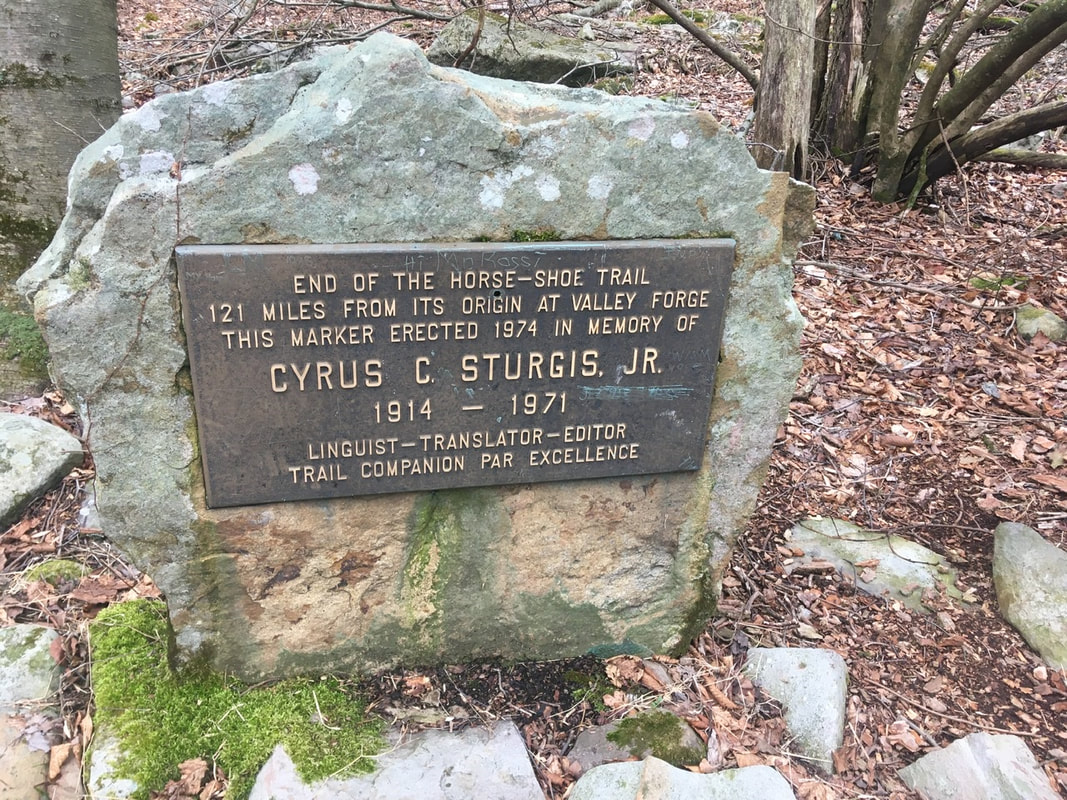
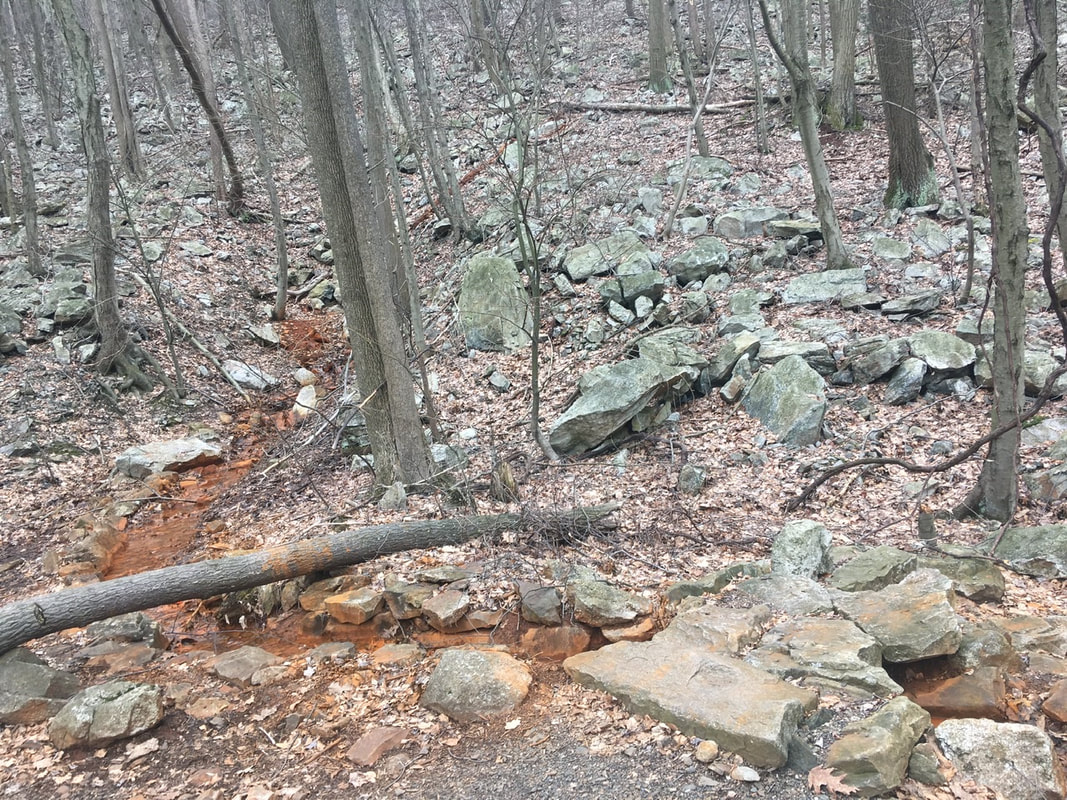
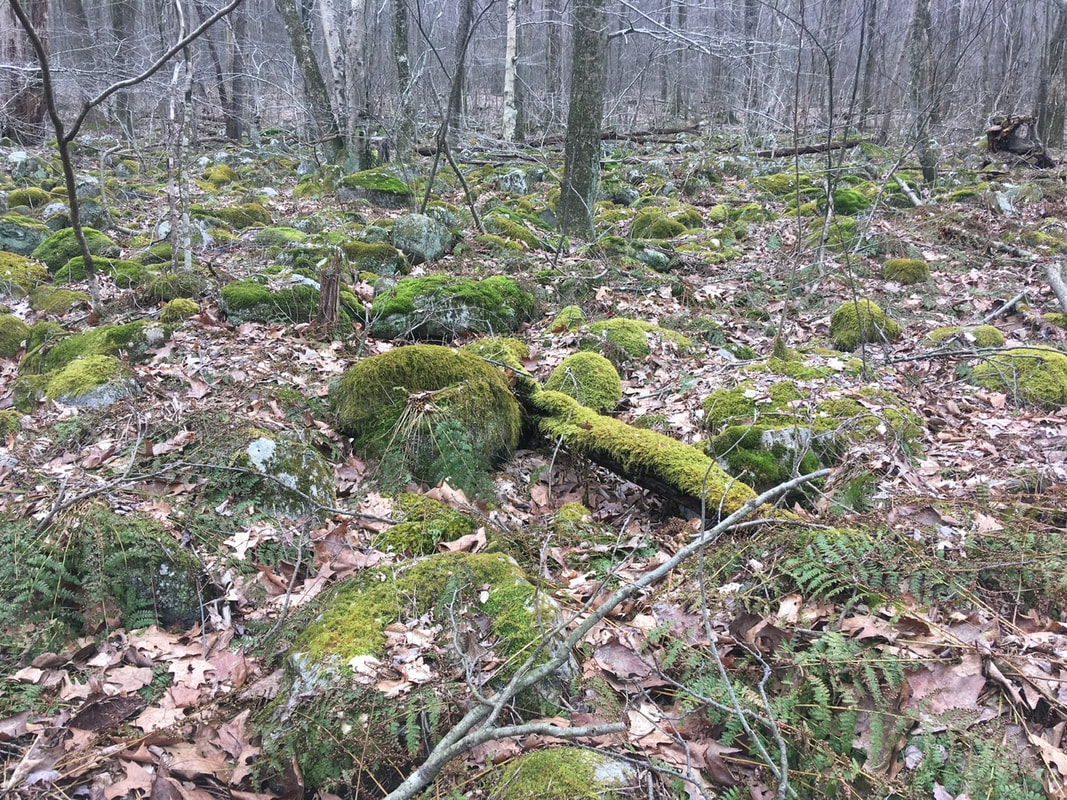




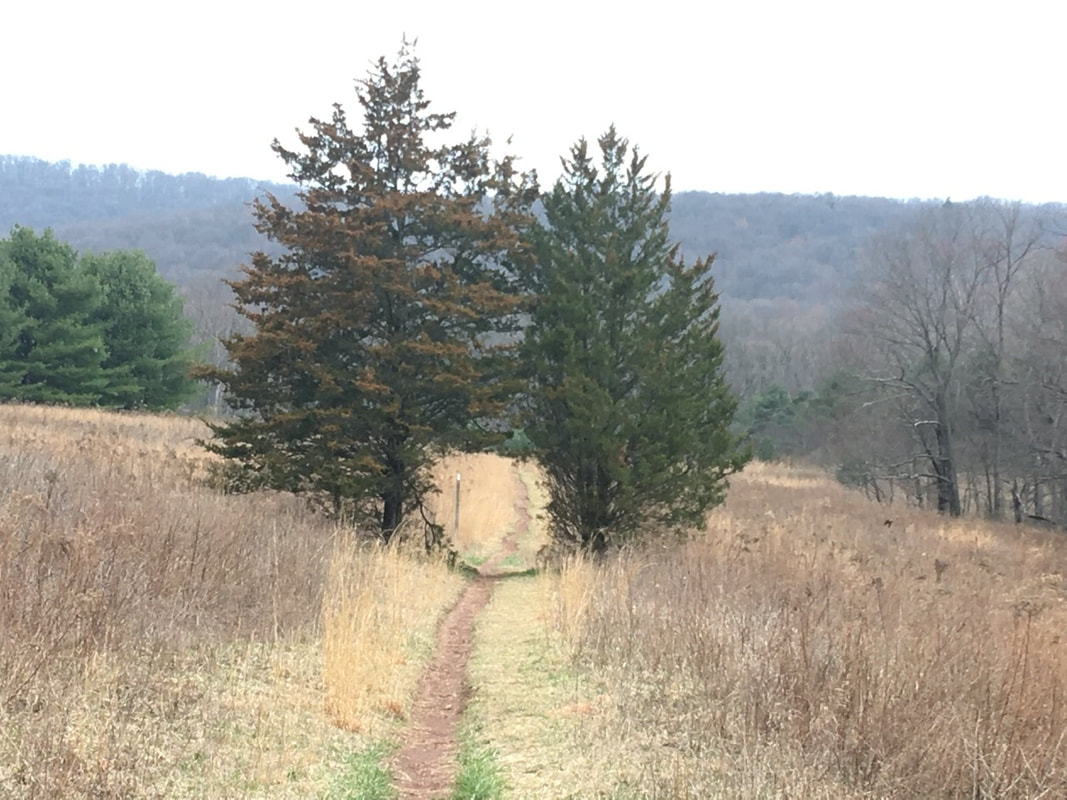
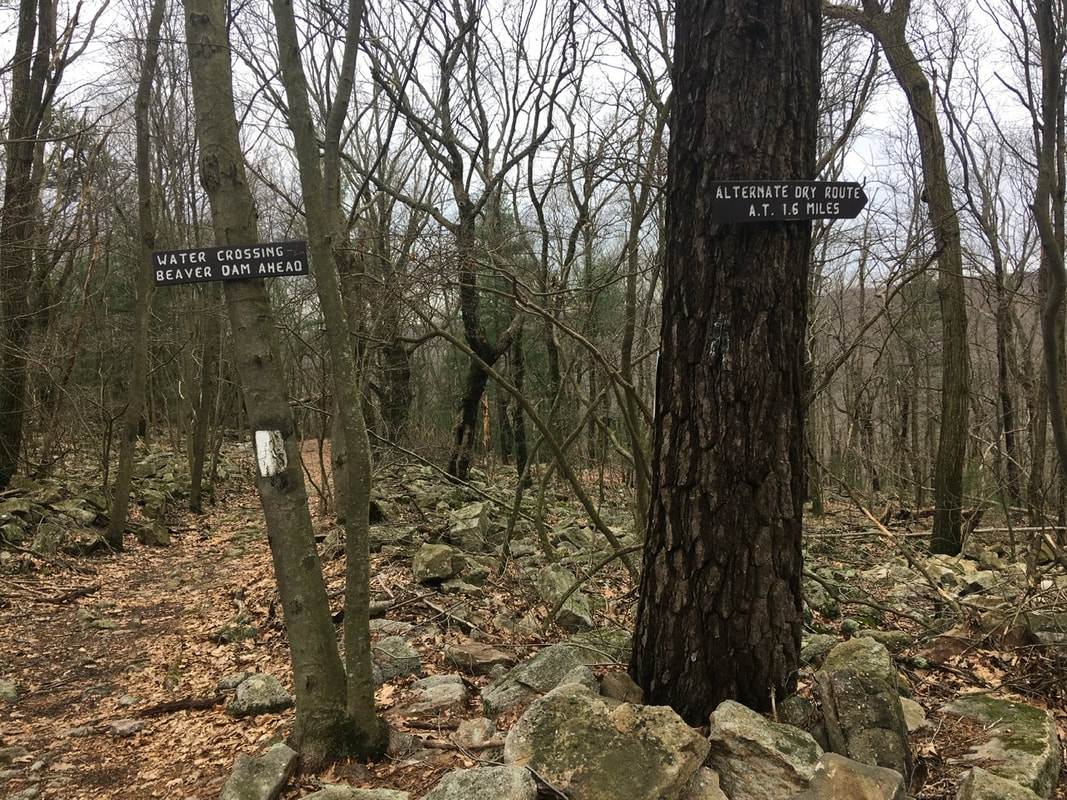
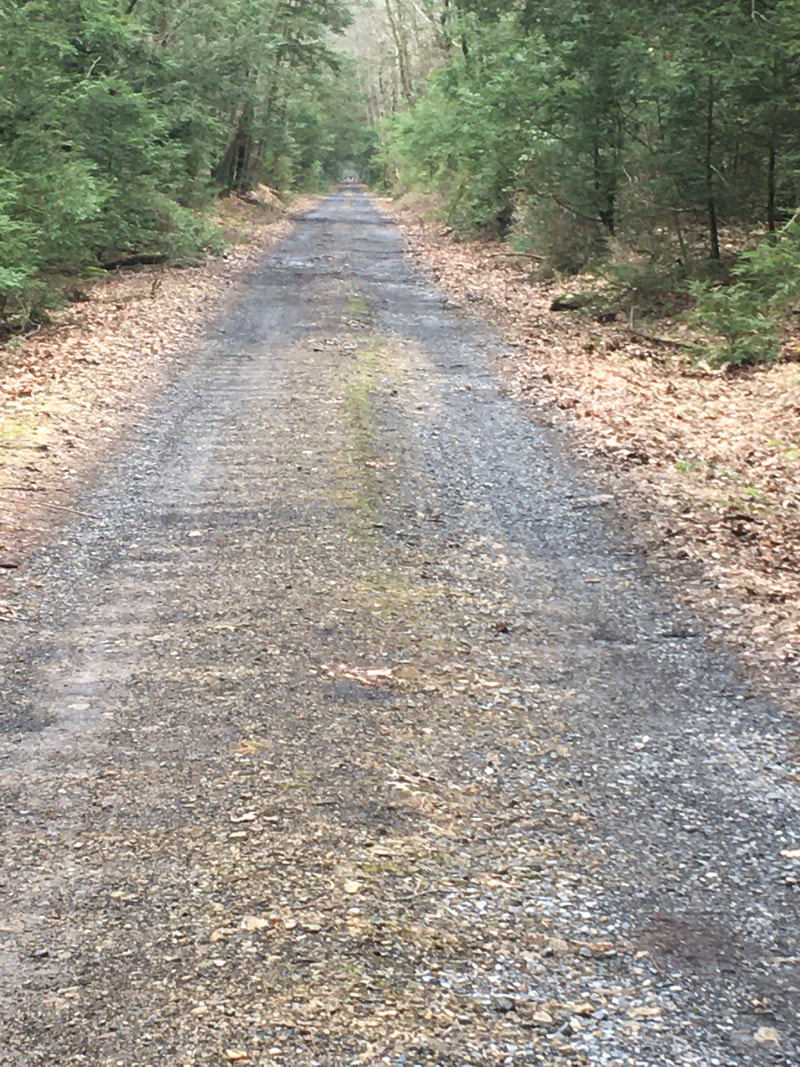




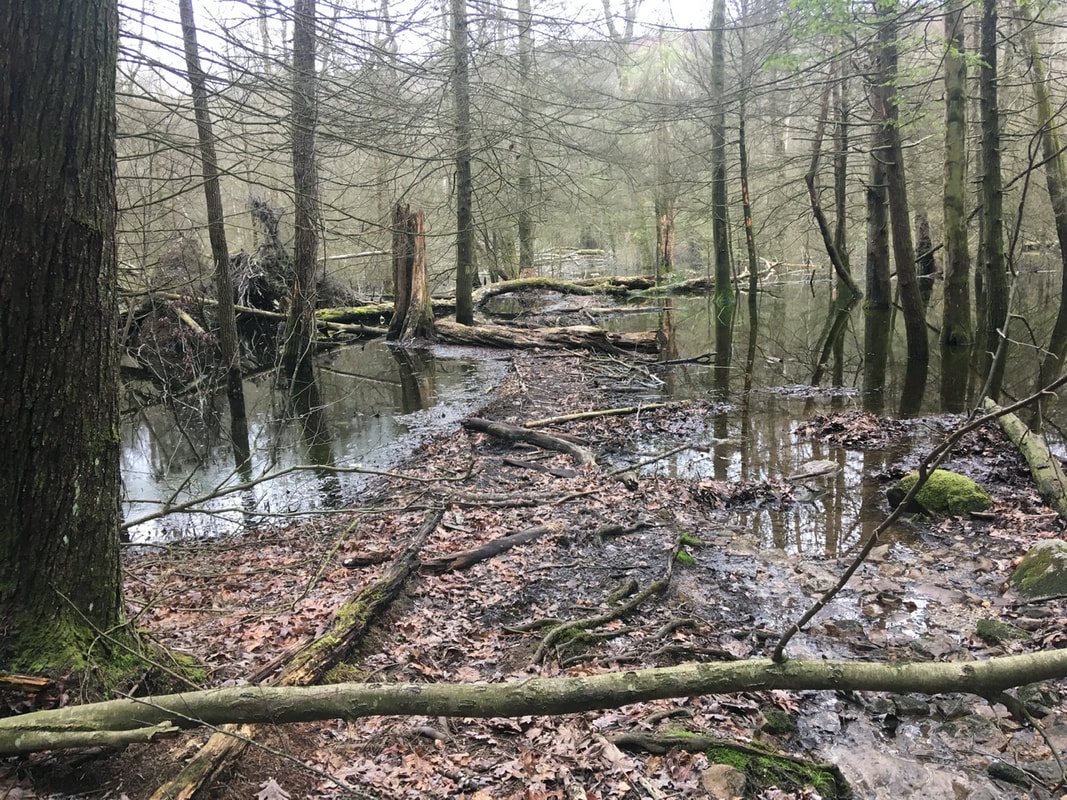



 RSS Feed
RSS Feed